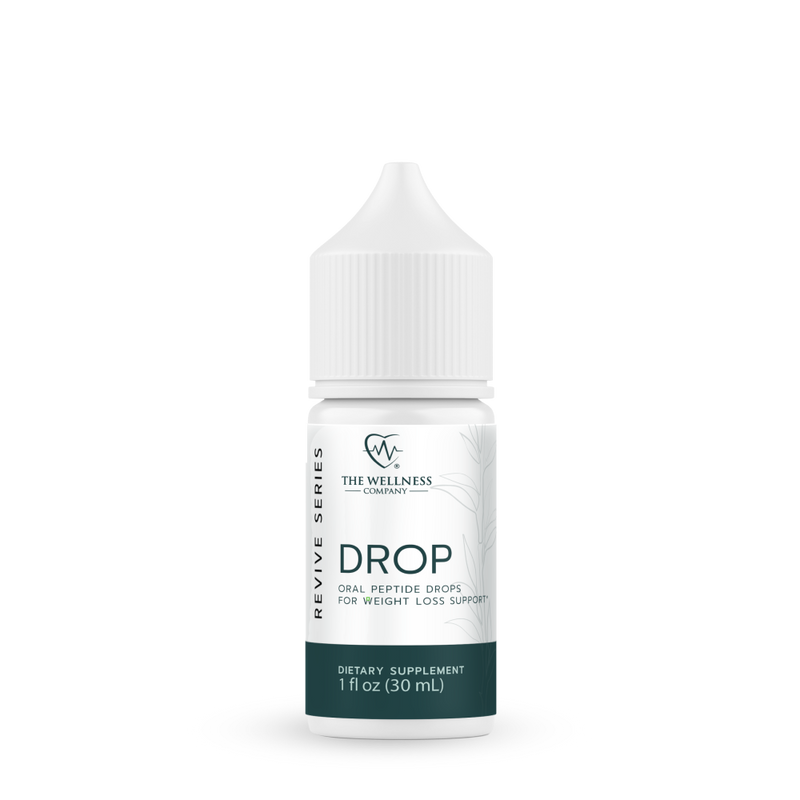One in Four Suffers from This Disabling Disease

And a surprising ally with few side effects
One in four U.S. adults (approximately 60 million) has arthritis, making it the leading cause of disability in the U.S. The economic toll, from medical bills and lost wages, is estimated at upwards of $304 billion annually. (1,2)
There are literally hundreds of types of arthritis, which fall into two categories:
Degenerative Arthritis (3,4)
Degenerative arthritis, also known as osteoarthritis, is a chronic joint disease characterized by the breakdown of joint cartilage due to "wear and tear" over time. This breakdown causes bones to rub together, leading to pain, stiffness, and limited flexibility, and it can result in the formation of bone spurs.
- Gradual onset and slow progression
- Stiffness, pain, limited movement
- Very little or no inflammation except in erosive arthritis
Types of degenerative arthritis include:
- Osteoarthritis (OA): The most common form, often referred to as “wear and tear” arthritis. Over 32.5 million adults in the U.S. are believed to have OA. It results from gradual breakdown of cartilage and underlying bone in joints, leading to pain, stiffness, and decreased mobility.
- Erosive arthritis: A subset of OA that mostly affects the finger joints. Deformities can be seen on x-ray.
- Post-traumatic OA: Develops most often years after a joint injury, such as a fracture, ligament tear, or meniscus injury.
- Degenerative disc disease: Degenerative changes of the intervertebral discs in the spine, often considered a type of spinal osteoarthritis, leading to back and neck pain.
Inflammatory Arthritis (5)
Inflammatory arthritis encompasses a broad set of diseases, most of which are autoimmune or immune-mediated, leading to both joint and systemic inflammation. About 6–7% of U.S. adults have an inflammatory arthritis diagnosis and require different management than non-inflammatory (degenerative) arthritis like osteoarthritis.
Causes of inflammatory arthritis:
- Autoimmune Dysfunction: The immune system mistakenly attacks the body’s own joint tissues, leading to inflammation, pain, and swelling. Genetics and inherited traits (autoimmune gene variants) predispose some people to these immune reactions.
- Crystal-Induced Inflammation: In gout and pseudogout, crystals (urate or calcium pyrophosphate) accumulate in joints, triggering a strong local immune response.
- Infection: Infectious (septic) arthritis occurs when bacteria, viruses, or fungi invade the joint space, causing acute inflammation. Reactive arthritis occurs after certain infections (often gastrointestinal or urinary tract), where the infection triggers joint inflammation even after the infection has cleared.
Factors that can trigger inflammatory arthritis:
- Environmental Triggers: Smoking, infections, trauma, or environmental toxins can trigger or worsen inflammatory arthritis, especially in genetically susceptible individuals.
- Hormonal Influences and Gender: Women are at higher risk for many autoimmune types; hormonal shifts (such as during postpartum or menopause) can trigger onset or flares.
Image of rheumatoid arthritis hands: not only painful, but also disfiguring
Types of Inflammatory Arthritis (5,6)
Rheumatoid Arthritis is the most common type of autoimmune arthritis. It is an autoimmune disorder, meaning the immune system attacks the body’s own tissues—specifically the synovium (lining of the joints).
- Can start at any age but often develops between ages 30–60
- Has a rapid onset (weeks to months)
- Causes significant swelling, pain, and stiffness, especially in the morning or after periods of inactivity
- Often affects the same joints on both sides of the body (symmetrical), such as wrists, fingers, knees, and feet, leading to joint damage, deformity, and even effects on other organs
Other Types (Additional Autoimmune and Metabolic Causes):
- Psoriatic Arthritis: Often associated with psoriasis; causes joint pain and swelling; may affect skin, nails, and tendons. Can involve both large and small joints, sometimes asymmetrically.
- Gout: Caused by uric acid crystal buildup in the joints, leading to sudden, severe attacks of pain—usually in the big toe.
- Lupus, Ankylosing Spondylitis, and Others: Autoimmune diseases that can cause arthritis as a symptom, affecting various joints and organs.
Whether dealing with degenerative or inflammatory arthritis, both can be painful and debilitating.
A Surprising Ally: Ivermectin
Ivermectin has been found effective in relieving symptoms of both degenerative and inflammatory arthritis.
Both types of arthritis involve similar inflammatory pathways—including Interleukin (IL)-17. IL-17 is an inflammatory cytokine produced mainly by T helper 17 cells and is found in both degenerative and inflammatory arthritis.
A recent study found that ivermectin is highly effective at calming the inflammation produced by this cytokine. (6,7)
Given the harsh side effects of many arthritis drugs, ivermectin may offer a promising alternative—especially with its decades-long track record of safety.
References:
1. Office of Disease Prevention and Health Promotion. (2021, September 30). Arthritis Workgroup - Healthy People 2030. Link
2. Arthritis Foundation. (2023). 2023 Advocacy State Fact Sheets. PDF
3. Kohn MD, Sassoon AA, Fernando ND. Clin Orthop Relat Res. 2016 Aug;474(8):1886-93. doi: 10.1007/s11999-016-4732-4.
4. Cleveland Clinic. (2025, August 20). Osteoarthritis Overview. Link
5. Cleveland Clinic. (2025, August 20). Inflammatory Arthritis Overview. Link
6. Poudel, P., & Lappin, S. L. (2023). Inflammatory Arthritis. StatPearls. Link
7. Khan MUA et al. Fundam Clin Pharmacol. 2023;37(5):971-982. doi: 10.1111/fcp.12902.
8. Xiao J et al. Open Life Sci. 2023;18(1):20220747. doi: 10.1515/biol-2022-0747.
Written by Brooke Lounsbury














